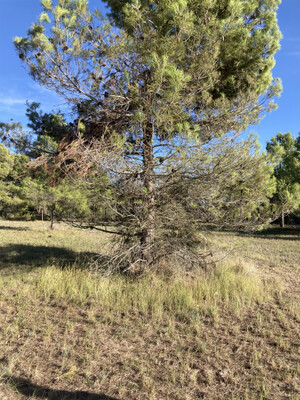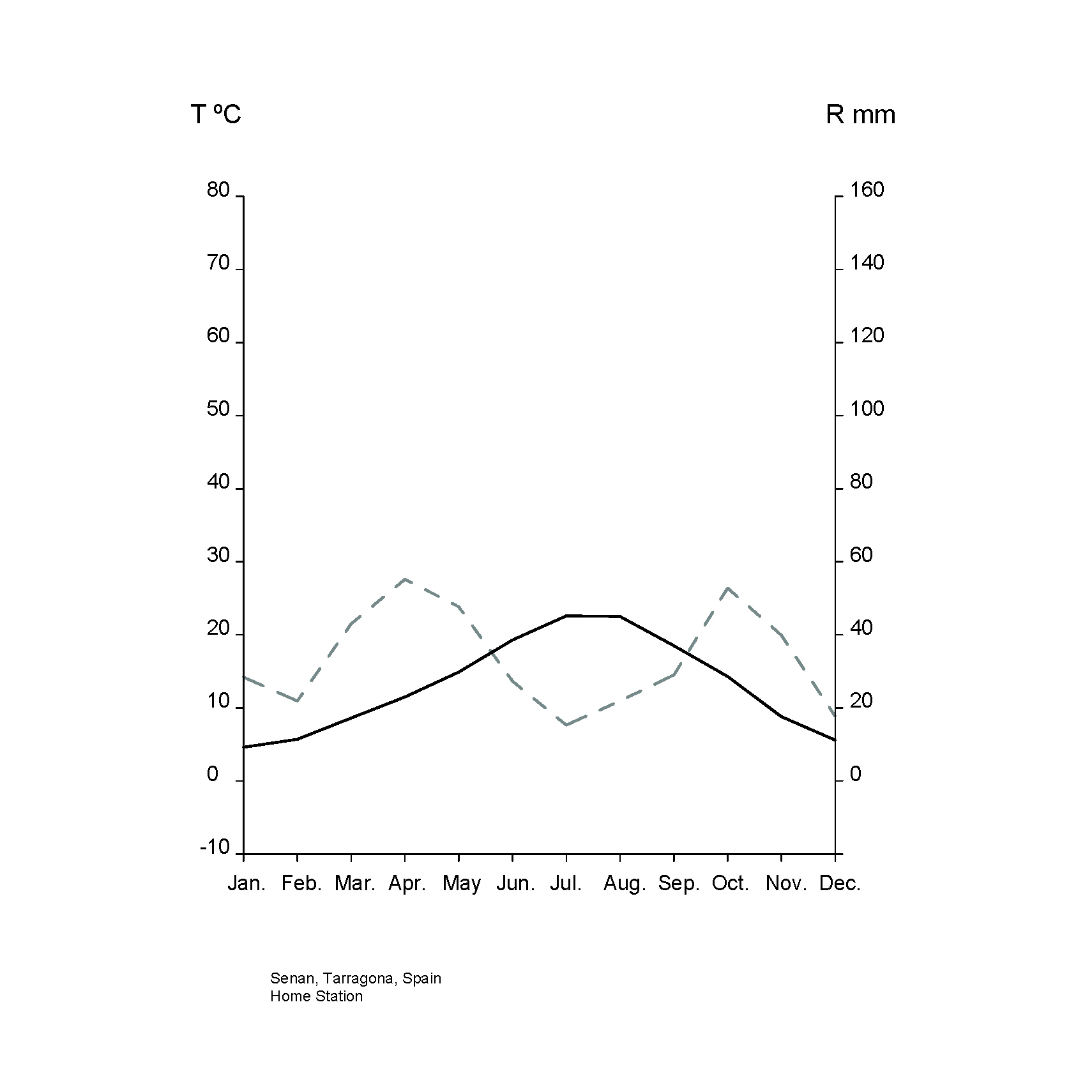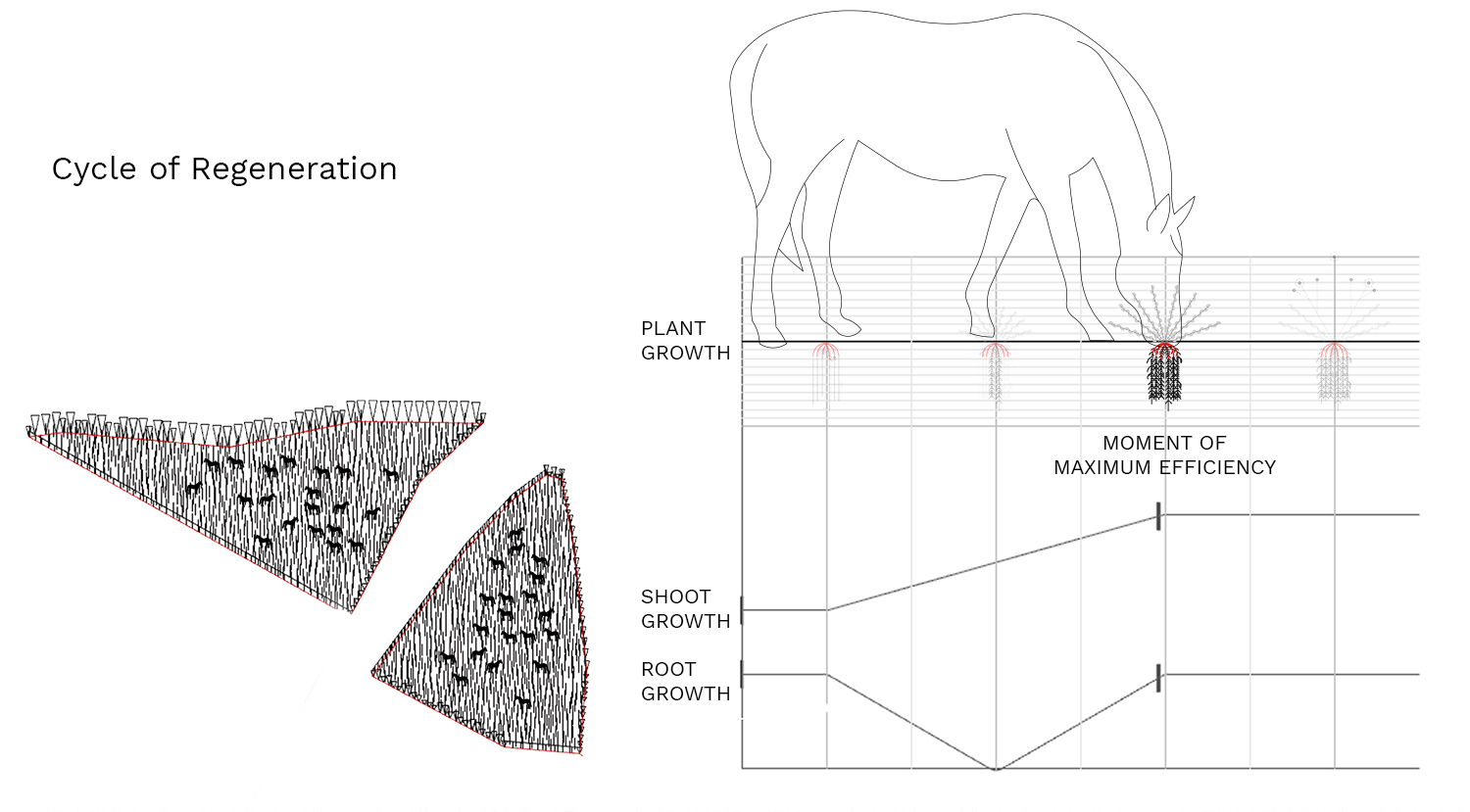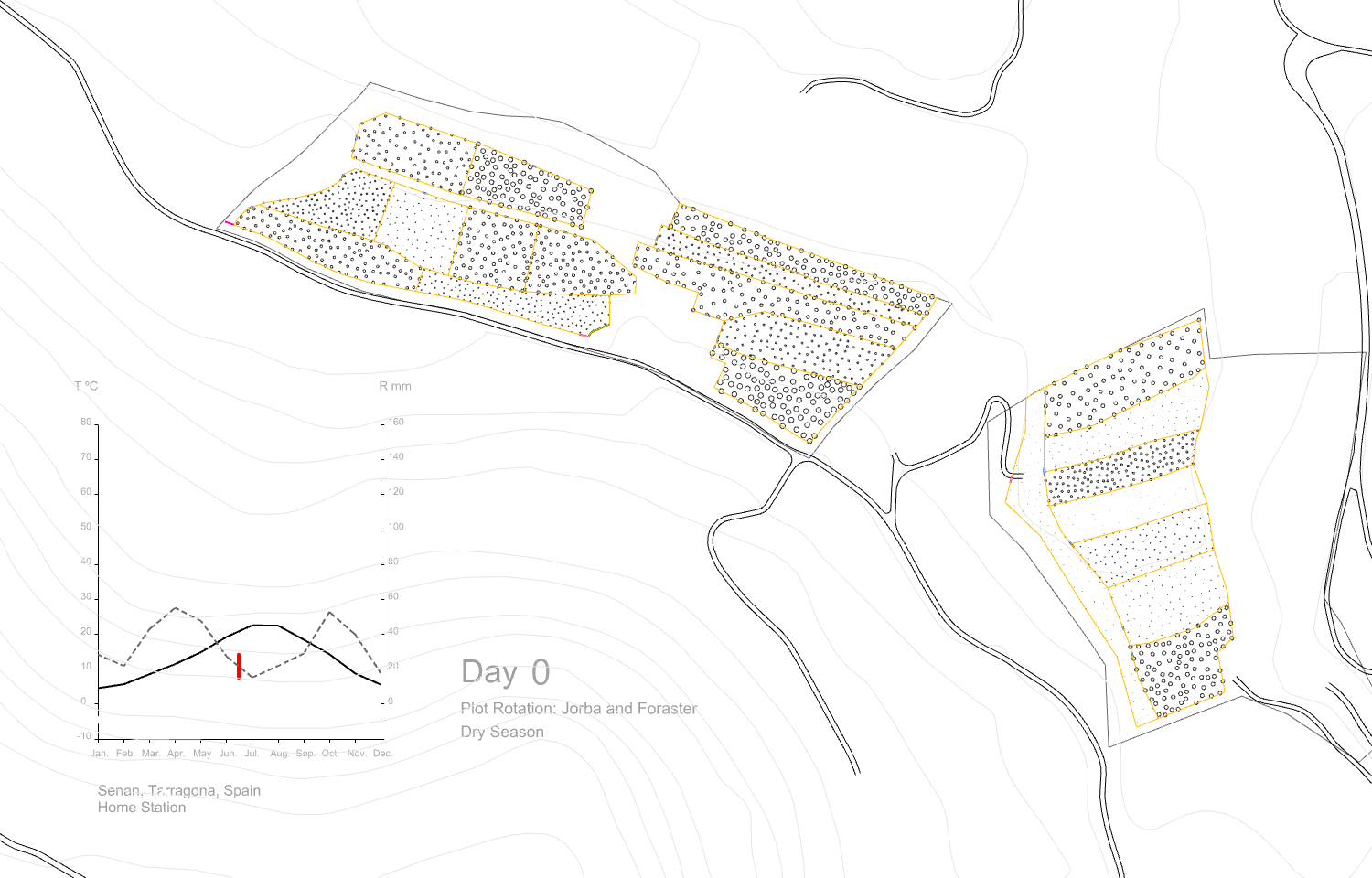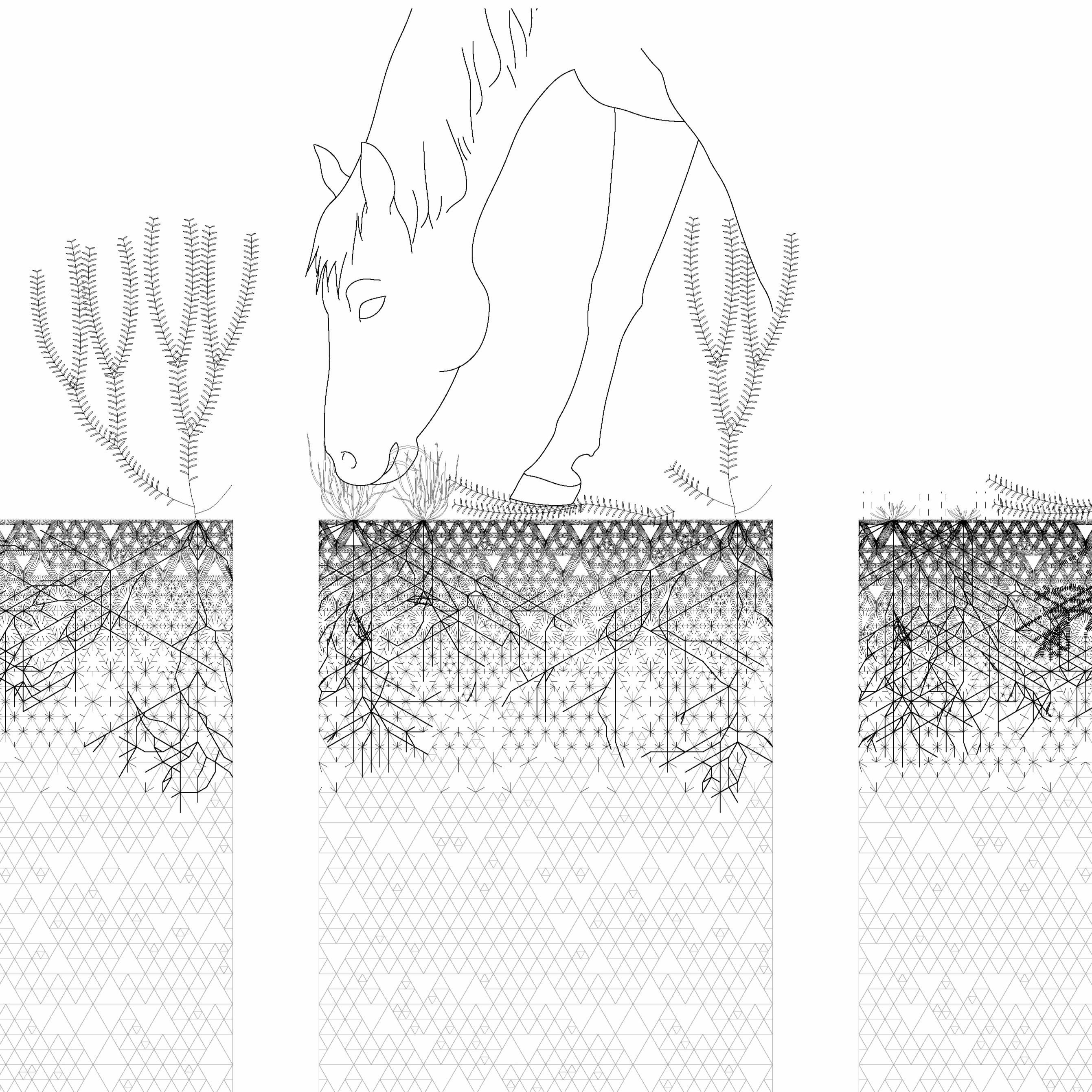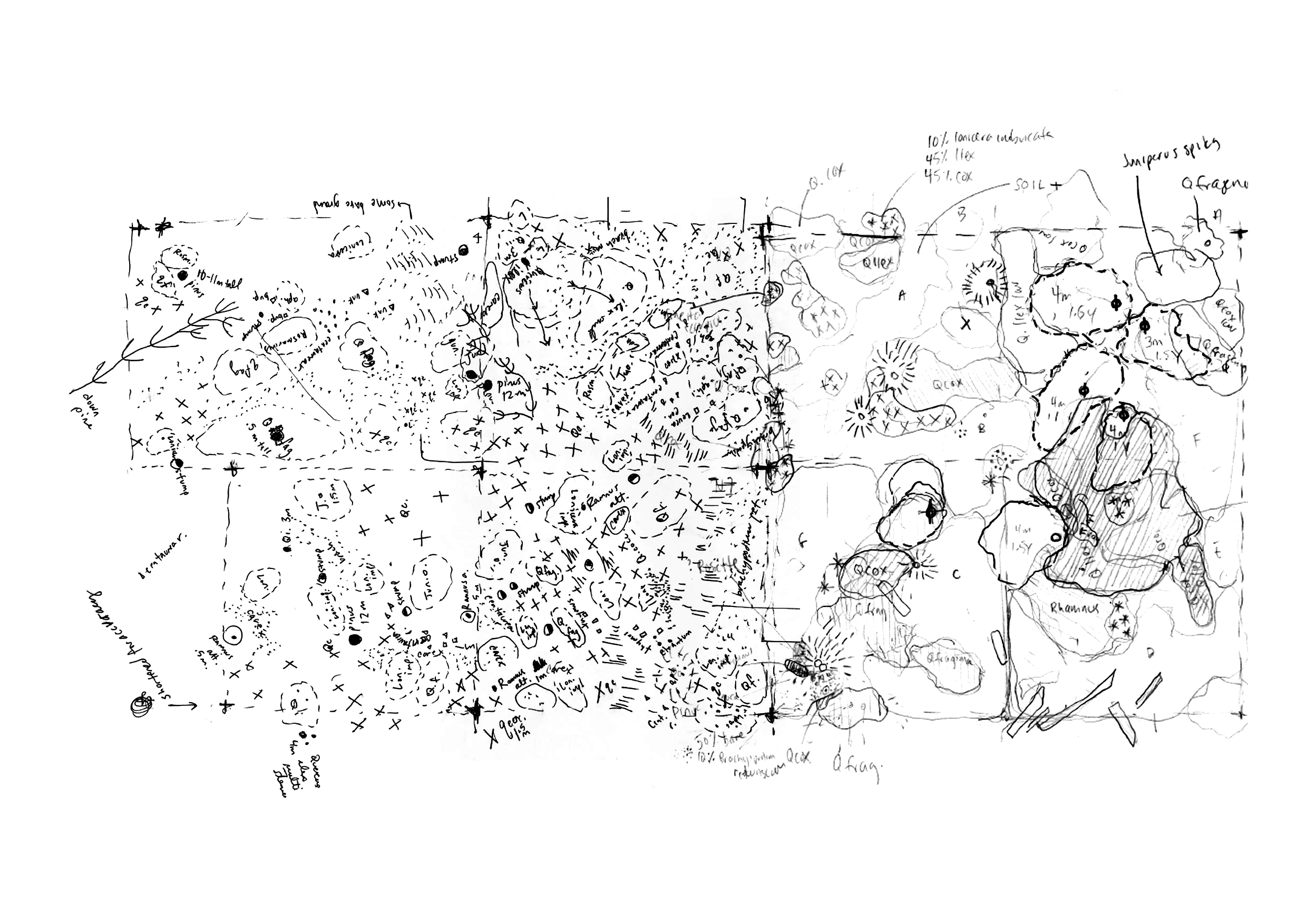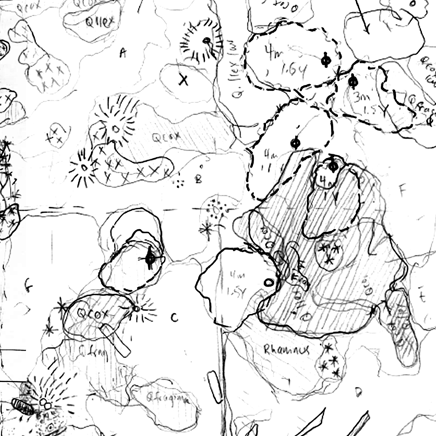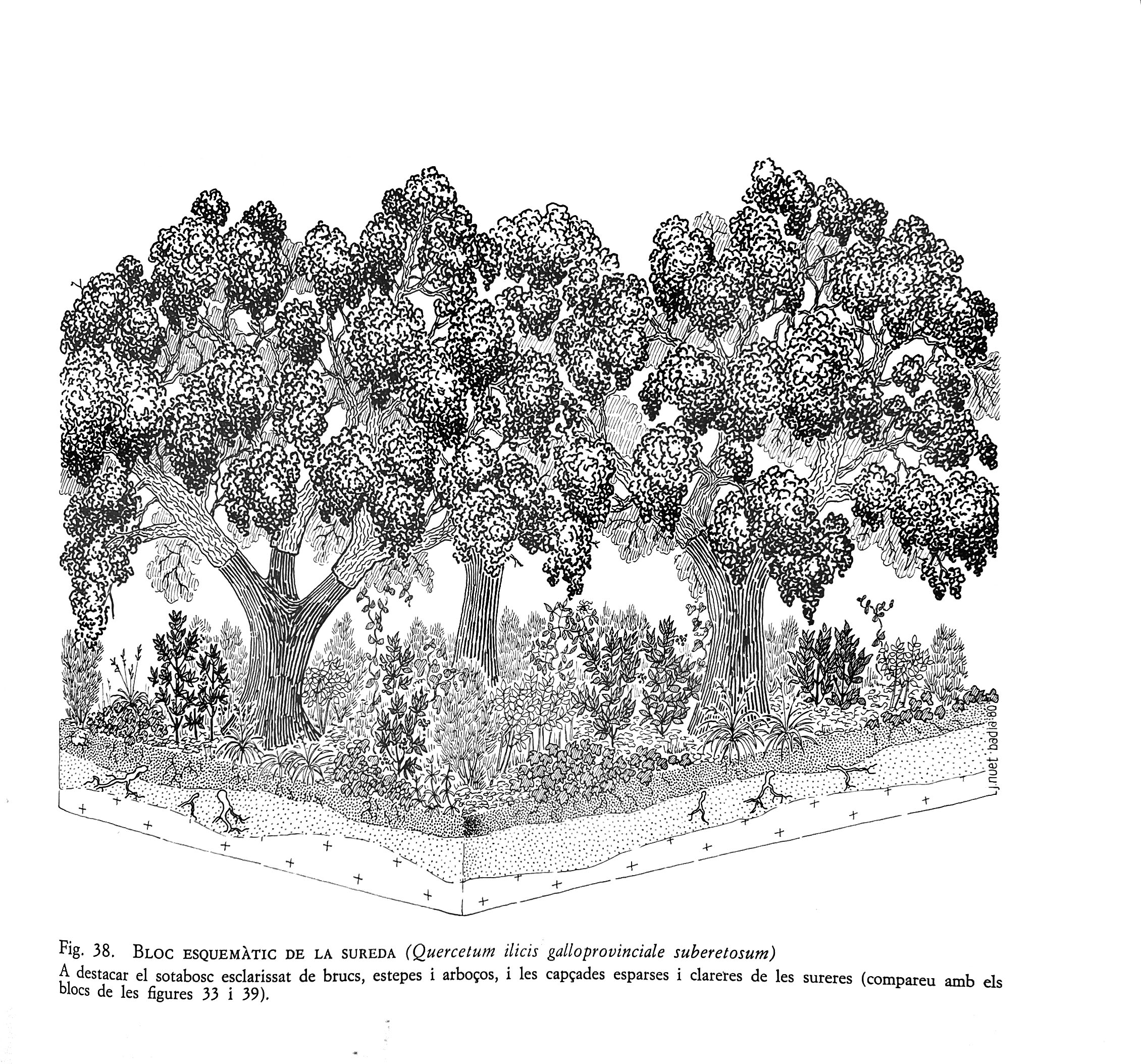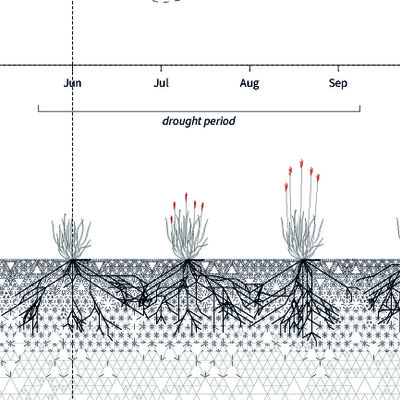
Fieldwork: Cut vs. No-cut before drought
When following the PRV method, we should thoroughly observe the grasses’ growth to identify when they reach the Optimum Resting Point (ORP) when they are ready to be grazed.
Many times, and especially when the spring rains come after a dry winter, we find that grasses from many different plots reach their ORP simultaneously. When this happens, and the amount of available grass is more than what the animals can eat, cutting it mechanically and saving it as hay for winter is recommended. However, when the ORP arrives right before the drought period, the plant can take longer than usual to regenerate after being cut. In the summer of 2022, we tested how drought affects the regeneration periods and the availability of grass in two different areas in the plot Solanes: one where the grass was cut at the ORP and another where it was not.
Evolution of cut and no-cut areas after the drought period. Senan, 29.09.2022.
On the 1st of June, the whole plot’s grass had reached its ORP. At this moment, and because the horses were already grazing other plots, we decided to mechanically cut some areas, collect the hay for later, and keep some patches untouched. On the 29th of September, after the long summer drought, we noticed that the grass had gone over its ORP in these later areas, but the horses could still eat it, whereas those that had been cut could barely regenerate since June. It was not until the 24th of December 2022 when the grass of the “cut” plots was ready, and the horses could come back for grazing, which reflects a period of regeneration of more than five months, much longer than what we had forecasted.
By conducting such experiments, we can refine the system’s design and have a more accurate prediction of the rotation of our horses. However, the on-site daily survey and planning by our collaborators Marc and Henar is the core of this method and what can assure success over time.

